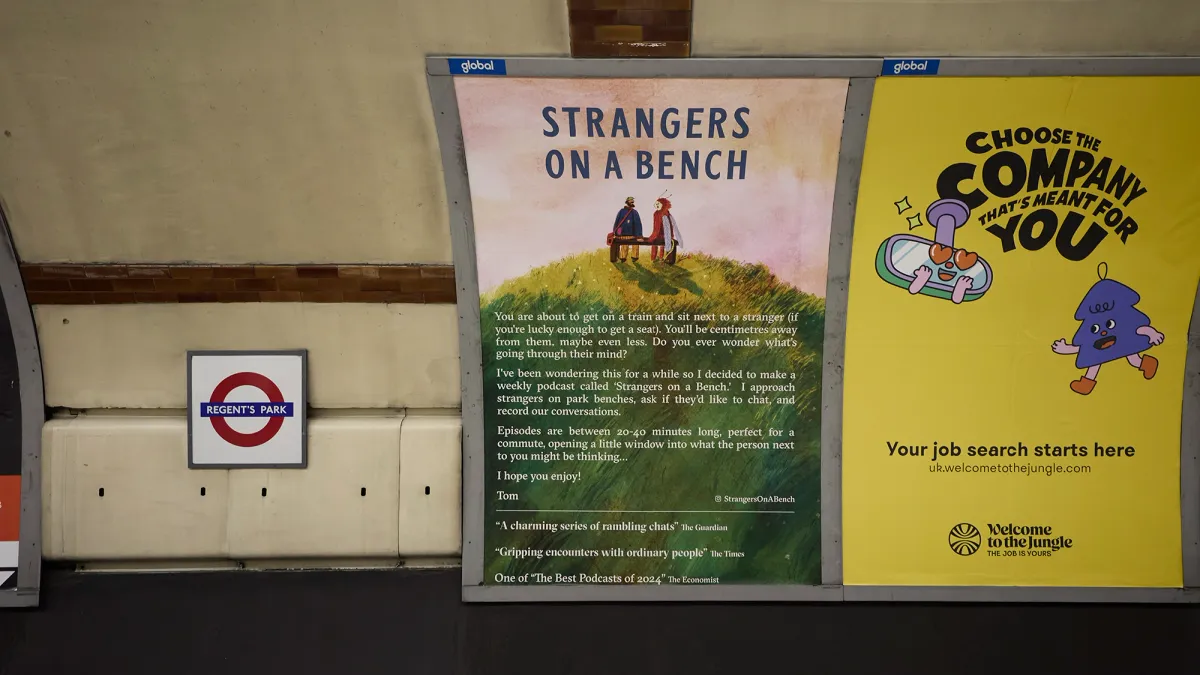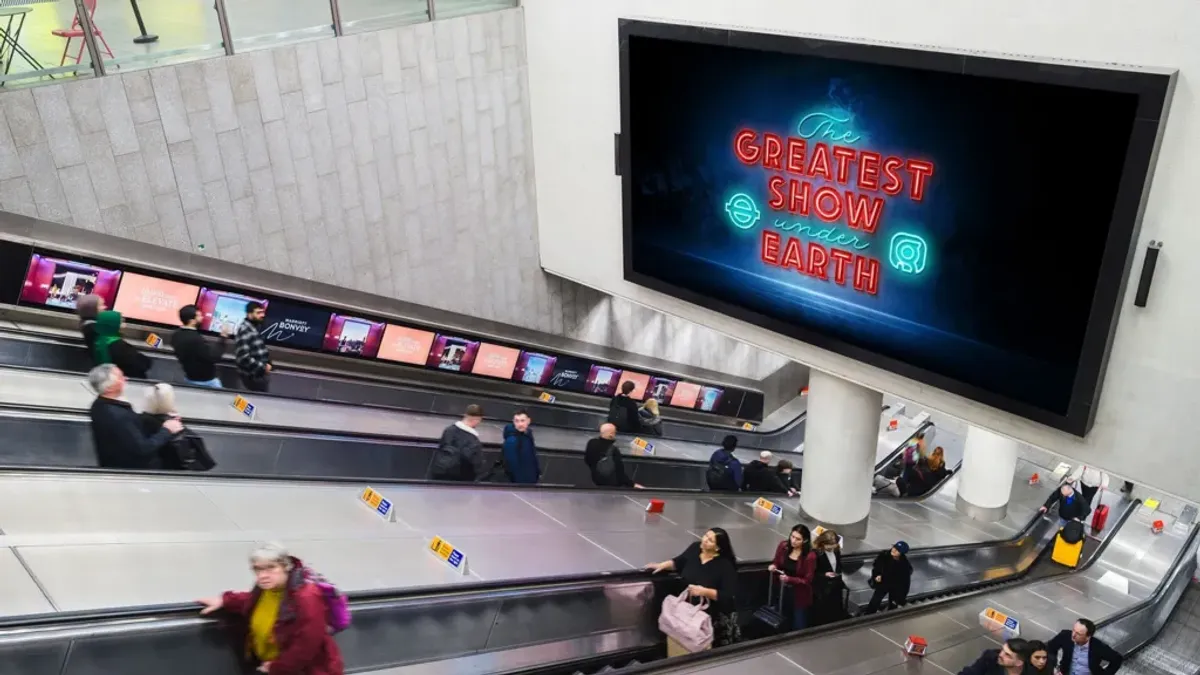
The Role of Music in the Underground Experience
The London Underground is more than just a transport network—it’s an essential part of the city’s identity. With millions of passengers travelling each day, the Tube isn’t just about movement; it’s about atmosphere, culture, and even entertainment. Among the sounds of trains arriving, doors beeping, and bustling commuters, one thing has remained a constant presence—music.
The History of Busking on the Tube
Live music has long been a part of London’s streets, but it wasn’t until 2003 that Transport for London (TfL) officially introduced a licensed busking scheme. Prior to this, street musicians played in an unofficial capacity, often at risk of fines or being moved on by authorities. The introduction of designated busking spots provided an opportunity for talented artists to showcase their skills in a controlled and respected environment.
Today, TfL’s licensed buskers perform at around 39 designated locations across the Underground network, adding vibrancy to stations like Leicester Square, Oxford Circus, and King’s Cross. These musicians undergo a rigorous audition process, ensuring that only top-quality performers are granted a coveted spot.
How Busking Transforms the Commuter Journey
For many Londoners, the daily commute can feel monotonous. The presence of live music, however, adds an element of surprise and delight. Whether it’s a soulful jazz performance, a classical violinist, or an upbeat acoustic guitarist, these musicians provide a moment of escape from the rush of city life.
Music in the Underground isn’t just entertainment—it’s emotional. A well-placed song can lift spirits, ease the stress of a long day, or even introduce commuters to their next favourite artist. Many buskers have gone on to achieve wider success, using the Underground as a launchpad for their careers.

The Impact of Music on Humans: More Than Just Sound
Music has a powerful psychological and physiological impact on humans, affecting emotions, cognition, and social connections.
Emotional and Psychological Effects: Music can evoke strong emotions and stimulate the release of dopamine, boosting mood and alleviating stress or anxiety.
Cognitive Benefits: Listening to music can enhance memory, focus, and productivity, even aiding cognitive rehabilitation in some cases.
The Social Power of Music: Music fosters connection, creating bonds between people and a sense of community, especially in public spaces like the London Underground.
Music and Stress Relief: Music has been shown to reduce stress levels and provide relaxation, offering commuters a brief escape from their busy day.
Music’s Role in Shaping Identity: Music helps express personal and cultural identities, reflecting the diversity of communities in places like the Underground.
Music’s profound effect on emotions, cognition, and social connections highlights its importance in public spaces, offering both personal and communal benefits.
Genres and Styles: A Musical Melting Pot
One of the most fascinating aspects of Underground busking is the diversity of music on offer. A single journey across the network might expose a passenger to:
- Classical violinists and pianists, filling stations with timeless melodies.
- Indie singer-songwriters, performing heartfelt original compositions.
- Jazz and blues artists, bringing a nostalgic, toe-tapping rhythm to the commute.
- Cultural and world music performers, offering a taste of global sounds.
This rich variety ensures that no two commutes are ever quite the same.

The Power of Music in Public Spaces
Studies have shown that music in public spaces can have profound effects on mood, perception, and behaviour. The presence of musicians in Underground stations not only enhances the ambience but can also create a sense of safety, encourage generosity, and foster human connection in a setting that is often impersonal.
Music and Brand Engagement on the Underground
For advertisers, the role of music in the Underground is more than just a pleasant addition—it’s an opportunity. Brands can tap into the emotional impact of music by integrating sound with visual advertising in strategic locations. Digital Out-of-Home (DOOH) advertising on the London Underground can be paired with music to create multisensory experiences, making campaigns more memorable and impactful.
Get Started with London Underground Advertising Today!
London Underground Advertising is one of the most effective ways to capture attention, build brand awareness, and drive customer engagement. Whether you’re looking to increase foot traffic, launch a new product, or reinforce brand recognition, advertising on the Tube offers an unparalleled opportunity to connect with millions of commuters daily.
Don’t miss out on the benefits of London Underground advertising—get in touch with us today to discuss your bespoke campaign. Fill out our online contact form to get started!
Latest News
10 Jul 2025 · 3 minute read
by Lilly Ashford
The Greatest Show Under Earth: A Multi-Sensory Revolution on London’s Elizabeth Line
11 Apr 2025 · 4 minute read
by Penny Hargreaves
Baker Street & Sherlock Holmes: Unraveling the Secrets of the World’s First Underground
Our Valuable Clients, Past and Present
Schedule a call
Pick a date and time for a call that suits you.
We can go through all the available format options and any other questions you have about successfully launching your next advertising campaign.
Launch Your Tube Campaign Today!
Get your brand in front of millions of Londoners and tourists as they move through the city. Just fill in your details on the form to advertise on the London Underground, and our expert team will be in touch to kickstart your journey towards standout, high-impact results.
Join the 1000s of brands, big and small, who stand out and connect with the transport network’s users.




















